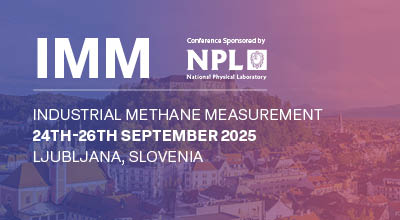| Abstract Title: | A COMPREHENSIVE SUMMARY OF METHANE QUANTIFICATION USING TELOPS AIRBORNE HYPERSPECTRAL INSTRUMENT |
| Presenter Name: | Mr Jean-Philippe Gagnon |
| Co-authors: | Dr Stphane Boubanga-Tombet |
| Company/Organisation: | Telops |
| Country: | Canada |
Abstract Information :
Methane is a powerful greenhouse gas and several organizations in multiple countries are taking significant steps toward sharply reducing emissions from the oil and gas sector EPA website. According to EPA United States Environmental Protection Agency, methane accounts for 10 of total greenhouse gas emissions whereas carbon dioxide amounts to 80. However, the fact that methane has a global warming potential that is 2836 times that of carbon dioxide over a 100-year period IPCCs Fourth Assessment Report is a strong motivation for reducing emissions. A large portion of the methane emissions come from the energy sector, more precisely from natural gas and petroleum industry. The oil and natural gas industry includes a wide range of operations and equipment, from wells to natural gas gathering lines and processing facilities, to storage tanks, and transmission and distribution pipelines, all of which can leak methane into the atmosphere. Recent work from Duren et al. and Frankenberg et al. indicate that a small number of point sources 10 are responsible for most 60 of the methane emissions. These sources are called super-emitters. Several technologies exist to detect those emissions. Airborne longwave infrared hyperspectral imager like the Hyper-Cam Airborne Mini is one of them. rnrnThis technology was evaluated and its capabilities demonstrated in multiple methane-controlled releases. In this work we want to present a comprehensive summary of the detection and quantification results obtained in recent campaigns. Results presented in this paper come from 4 different airborne data collection campaigns at various locations. The retrieved leak rate values for positive detections during the 4 controlled methane release campaigns vary from a 3 m3h to 54.8 m3h. Results show a strong correlation between the calculated leak values and the commanded leak rate values, the fit of the results show a parity slope of 0.99 R2 0.89. The systems detection limit depends on atmospheric parameters such as wind speed, humidity and thermal contrast, but results show that the system is able to detect methane emission rates as low as 3 m3h. This is in good agreement with sensor performance simulations. rnrn

